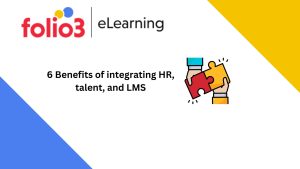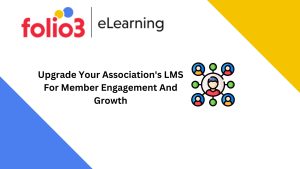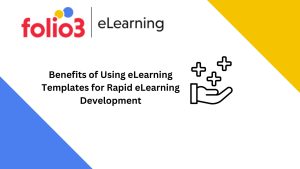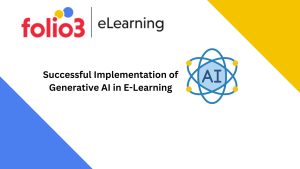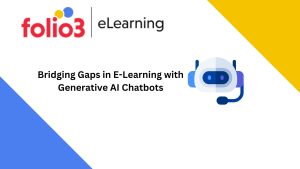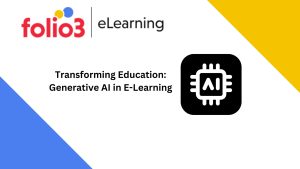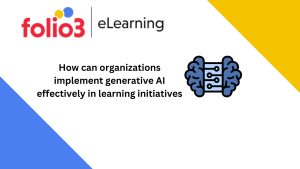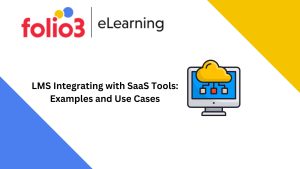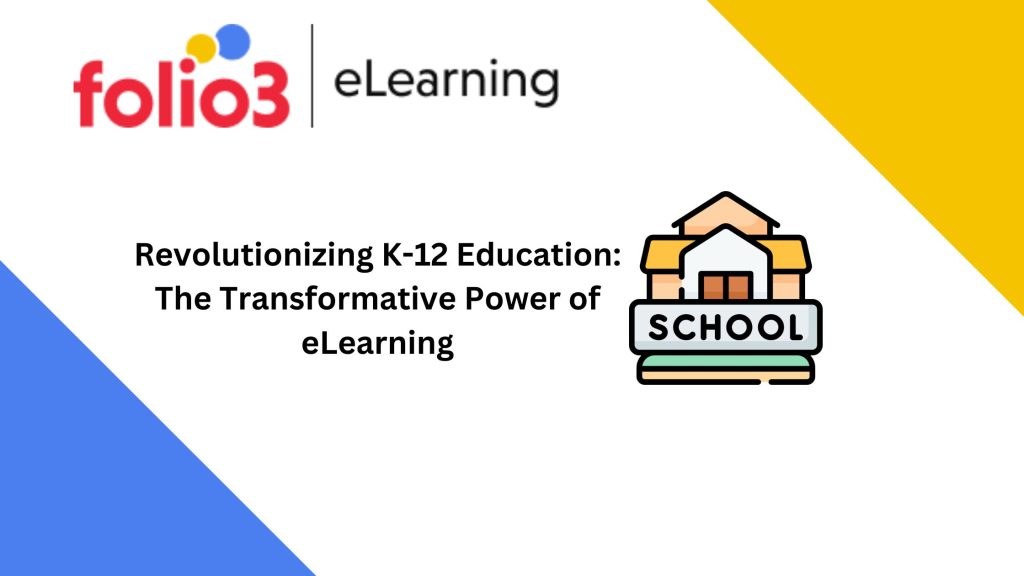
Executive Summary:
eLearning has become a major influence in revolutionizing K–12 education in today’s environment of rapid development. This blog examines how eLearning development services have changed the face of education.
Introduction:
A fundamental change in the education sector has occurred recently, fueled by technological breakthroughs and an increasing awareness of the transformative potential of eLearning.
Even while it works well in many situations, the traditional classroom approach is no longer the only way to acquire knowledge. A new era in education has begun with the integration of eLearning development services, giving teachers and students a dynamic and adaptable approach to learning.
Revolutionizing K–12 education is a reality, not just an unrealistic goal. The introduction of eLearning development services has set off a revolution in the way that we teach the next generation of learners.
This blog goes into the significant influence of eLearning on revolutionizing K–12 education, exposing its capacity to transform the conventional learning environment. Personalized learning and improved accessibility are two aspects of the change that eLearning is leading.

The Potential of Elearning Development Services
The potential of eLearning development services to transform traditional education into something more flexible, affordable, individualized, accessible, and data-driven is what gives them their power.
Through the utilization of these services, educational establishments and learners alike can have access to an abundance of digital materials and interactive multimedia, offering a more comprehensive and flexible education that meets the needs of each learner and contributes to the improvement of K–12 education in the long run.
- Enhanced Accessibility:
By removing obstacles that previously restricted students’ chances to learn, the incorporation of eLearning creation services has completely changed educational accessibility. eLearning now reaches a wide range of people, regardless of their physical location or limitations.
For students with different requirements or those who live in remote places where it may be difficult to access traditional education, this inclusivity is especially important. It is impossible to exaggerate the contribution that eLearning development services have made to these opportunities.
The hard work of eLearning development services converts instructional resources and content into digital formats that are simple to access.
This procedure includes transforming lectures, coursework, and textbooks into digital versions that are accessible on computers, tablets, and smartphones.
- Personalized Learning:
With the help of eLearning development services, education is entering a new phase where customized learning opportunities are now a reality rather than just a pipe dream. eLearning platforms are painstakingly made to accommodate each student’s unique demands, speed, and learning style.
The integration of state-of-the-art technologies and eLearning development services including AI-driven algorithms makes this customization possible.
- Cost-Efficiency:
One of eLearning’s most alluring features is its significant influence on lowering the costs connected with traditional education. This is made possible by eLearning development services.
Textbooks, classroom supplies, and facility upkeep are examples of traditional educational resources that can be very expensive for both schools and students. On the other hand, eLearning provides an affordable substitute.
One of the best examples of cost savings is the switch from traditional printed textbooks to digital materials. Digital textbooks and learning materials may now be easily accessed on a variety of platforms, including computers, tablets, and smartphones, thanks to eLearning development services.
These digital materials are far more economical as well as environmentally beneficial. Interactive content and a multitude of information are frequently available to schools and students.
- Adaptability and Convenience:
One of eLearning’s key advantages is its unmatched adaptability, which is supported by the contributions of eLearning development services.
The strict timetables and physical presence requirements of traditional education can frequently be restrictive. On the other hand, eLearning provides a really revolutionary degree of adaptability.
In an online learning environment, students are free to customize their educational path to suit their own requirements and situations.
Students are free to select the time and location of their education, enabling them to fit their academic goals around their own schedules. Students who are balancing other responsibilities, part-time jobs, or extracurricular activities would particularly benefit from this degree of flexibility.
- Data-Driven Insights:
The education sector may now use data in previously unthinkable ways thanks to eLearning creation services. With their advanced analytics and reporting features, eLearning platforms produce a multitude of data about the engagement and performance of their students.
With the help of eLearning development services, this data was gathered and examined, creating a wealth of insightful knowledge that can spur ongoing advancements in the educational system.
This data-driven approach’s effect on teachers’ capacity to monitor students’ progress is one of its main benefits. Teachers can provide individualized help and guidance by identifying strengths and shortcomings based on comprehensive insights into each student’s performance.
For example, if a student is having difficulty with a certain subject or idea, eLearning platforms can identify this and teachers can use resources and approaches to directly address the issue with the help of eLearning creation services.
Conclusion
eLearning development services have become a disruptive force in K–12 education, transforming the process of learning. It is evident that eLearning is here to stay due to its many advantages, including improved accessibility, customized learning, cost-effectiveness, flexibility, and data-driven insights.
By filling in the gaps in traditional education and offering a dynamic platform for instructors and students alike, it meets the different demands of today’s pupils.
The process of developing a completely integrated eLearning system is a continuous one that is not without difficulties. But as eLearning development services and technology progress, the possibility of a more effective, efficient, and inclusive educational system is becoming more and more real.
By adopting eLearning, we pave the way for a more promising future for K–12 education, one in which all students, regardless of their circumstances, have the chance to learn and succeed.

